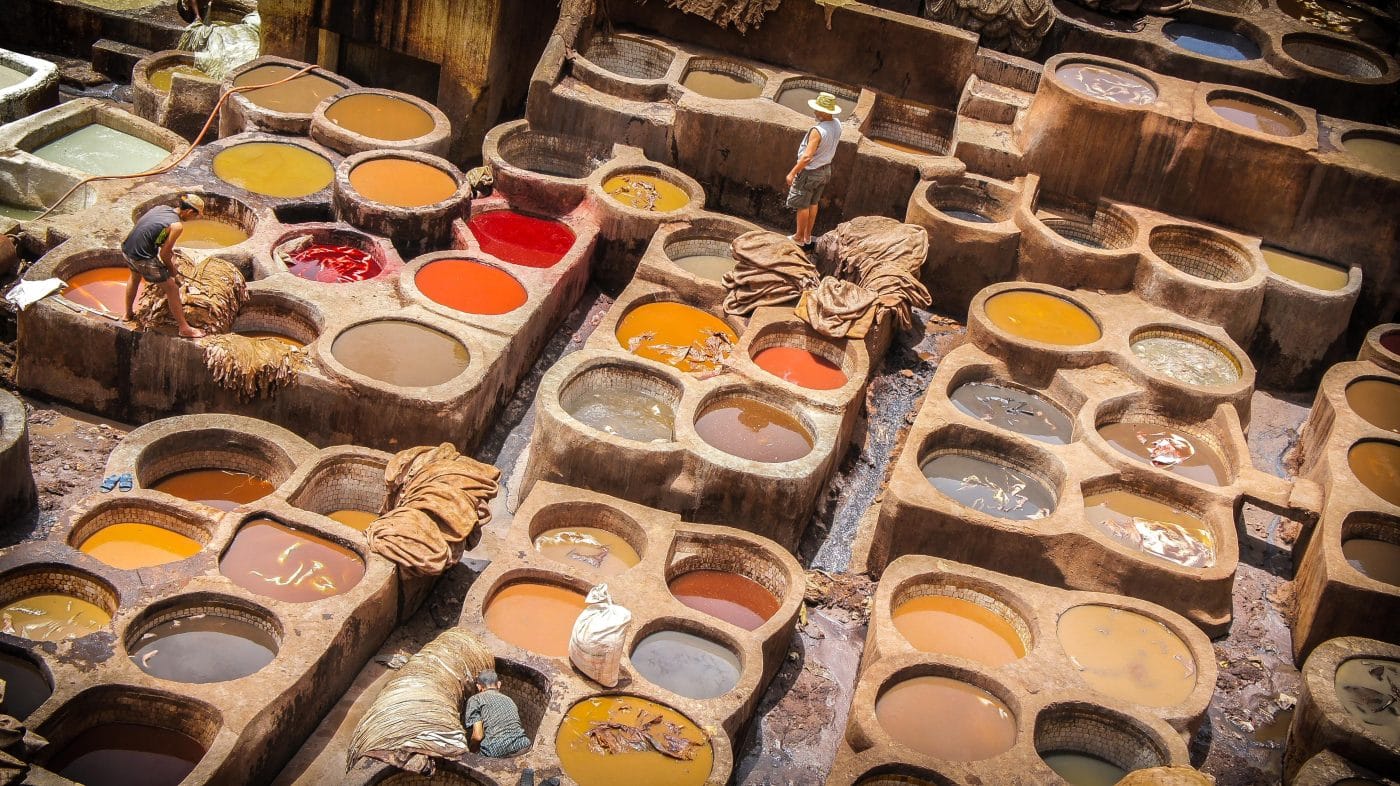Blog
Sustainable Leather: Understanding the Environmental Impact of Leather Production
Introduction:
Leather has been a valuable material for centuries, used for clothing, footwear, and accessories. However, the production of leather has a significant impact on the environment, from the use of chemicals to the disposal of waste. In this article, we’ll explore the environmental impact of leather production and ways to make leather production more sustainable.
Leather Production Process
The leather production process starts with the raw hides or skins, which are treated with chemicals to remove hair, flesh, and other impurities. The hides are then tanned with a combination of chemicals, including chromium, to preserve the leather and give it its desired texture and color. This process generates a significant amount of waste and uses a large amount of water and energy.
Environmental Impact
The environmental impact of leather production is significant. The use of chemicals in the tanning process can lead to water pollution and soil contamination. The waste generated during leather production, including sludge and wastewater, can also contaminate water sources and harm wildlife. Additionally, the use of energy and water during production contributes to greenhouse gas emissions and water scarcity.
Sustainable Leather Production
There are several ways to make leather production more sustainable. One approach is to use alternative tanning methods, such as vegetable tanning, which uses natural materials instead of chemicals. This method is more time-consuming but results in a higher-quality leather that is more biodegradable.
Another approach is to use recycled leather, which involves using scraps of leather and repurposing them into new products. This method reduces waste and extends the life of the leather.
Finally, some companies are exploring new materials and technologies to create leather alternatives that have a lower environmental impact. These alternatives include materials made from plant-based materials like pineapple and mushroom.
Consumer Choices
Consumers can also make a difference by choosing sustainable leather products. Look for products made from vegetable-tanned leather or recycled leather, and choose products from companies that prioritize sustainability and ethical production practices.
Additionally, extending the life of leather products through proper care and maintenance can reduce the environmental impact of leather production. Regular cleaning and conditioning can help leather products last longer and reduce the need for new products.
Conclusion:
The production of leather has a significant impact on the environment, but there are ways to make leather production more sustainable. Alternative tanning methods, recycled leather, and leather alternatives are all promising approaches to reducing the environmental impact of leather production. Consumers can also make a difference by choosing sustainable leather products and extending the life of their leather products through proper care and maintenance.

